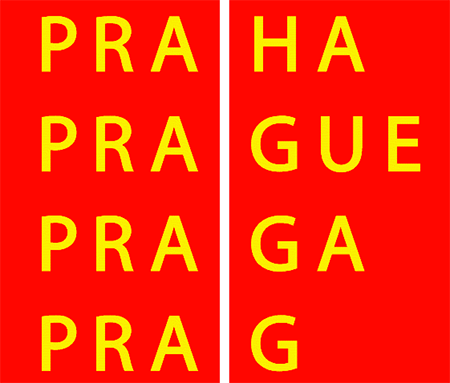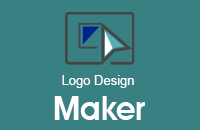Crowdsourcing logo design – does it work?
April 17th, 2014
Everyone’s crowdsourcing everything these days, raising money for community projects, taking part in charity events, funding scientific research – the list goes on. Crowdsourcing seems to have become trendy in the logo design world too, with a number of organisations using the method as a way to generate novel ideas, engage with members of the public or a particular community, and to kickstart a self-perpetuating marketing campaign.
In 2013 municipal governors of the Italian city of Florence decided to go down the crowdsourcing route to come up with a new brand identity for the city. The competition, open to both professional and amateur designers, encouraged entrants to submit logo design ideas, in sketch format, to rebrand Florence as an international tourist destination.

A total of 29 ideas were shortlisted from over 5,000 entries. The winning design (below) was created by professional poster art and magazine designer Fabio Chiantini.
At first glance, I liked this logo. The red and white colours are eye-catching and would also work well in monochrome, while the use of four different language translations of ‘Florence’ fulfils the brief to highlight Florence’s place as an international tourist hotspot. I also liked the use of bold font to highlight the letters F I R E N Z E – Florence in its native Italian.
However, compare Florence’s new logo with that of Prague’s (below) – ring any bells? The concept, though executed differently, is more or less the same. Florence’s new design is not direct rip-off, but it does suggest that the crowdsourcing model has failed to generate fresh thinking and innovation as hoped.

Freelance journalist Diana Di Nuzzo has been openly critical about the use of the crowdsourcing method for logo design, saying that “creating a symbol for a city…should be a job for professionals.”
You see, although the competition winner was in fact a professional artist, the choice of winning design was made by municipal officials and representatives from the contest’s sponsor, Audi. Essentially, the selection panel picked the sketches they liked the best, and voted on the winner. Incidentally, while Chiantini received a prize of €15,000, the other 4,999 contestants got nothing – is this fair?
Di Nuzzo’s view is seconded by artist Milton Glaser, the brains behind New York City’s iconic “I Love NY” logo. He says, “Choosing a brand is not like picking a colour you like; it is not a matter of preference. It’s a question of effectiveness.”
Now I understand Glaser and Di Nuzzo’s concerns. I liked the Florence logo, but liking a logo is not enough – the logo also has to work in terms of brand recognition and invoking emotions and connections. It should not be copied from other designs!
Surely if a logo is to maximise branding opportunities, it needs to be developed by a person or a team with experience in brand identity, not just drawing a nice-looking design?
You can hear more of Milton Glaser’s thoughts on the Florence logo in this YouTube video of an interview by Diana Di Nuzzo: http://www.youtube.com/watch?v=joPQcTgkGXQ






